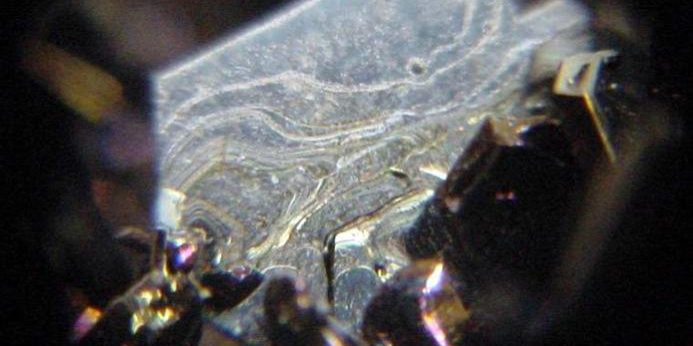an email newsletter released every month highlighting the latest articles, events, technical inquires, and voices from the community
Measuring the Impact of ARO Research Investments on the Advancement of Associated Technical Research Fields

Posted on February 28, 2023 | Completed on January 5, 2021 | By: Dr. Jason Augustyn
What is the impact of ARO funding on novel, free-standing, 2-D crystalline materials and other emerging technologies?
The Defense Systems Information Analysis Center (DSIAC) was asked to determine the effects of early investments—specifically, a multi-university research initiative (MURI)—in “beyond graphene,” two-dimensional (2-D), “freestanding” materials and other emerging technologies by the U.S. Army Research Office (ARO). A DSIAC subject matter expert (SME) created a proof of concept for how ARO might quantify its effectiveness in accelerating technical advancements using the 2011-2017 MURI on novel, free-standing, 2-D crystalline materials or 2-D materials beyond graphene serving as the test case. DSIAC was able to develop a novel metric for estimating the independent effects of ARO funding on scientific progress that combined statistical bootstrapping and set theory to derive an influence statistic that can be applied to measure impact. This metric can be applied in aggregate or by year, giving ARO a flexible tool for continuous monitoring program impact.
Want to find out more about this topic?
Request a FREE Technical Inquiry!

